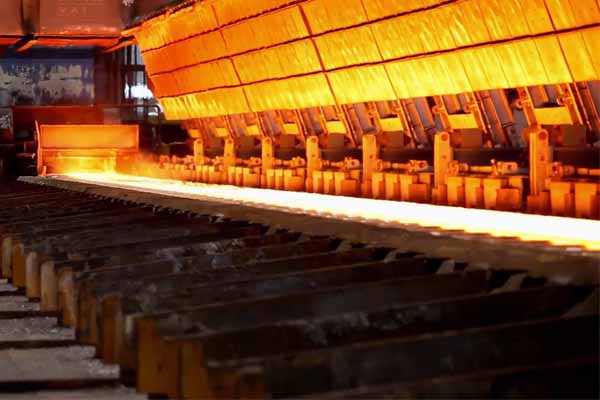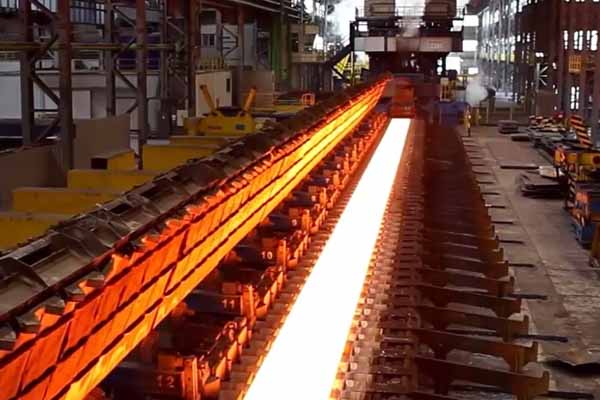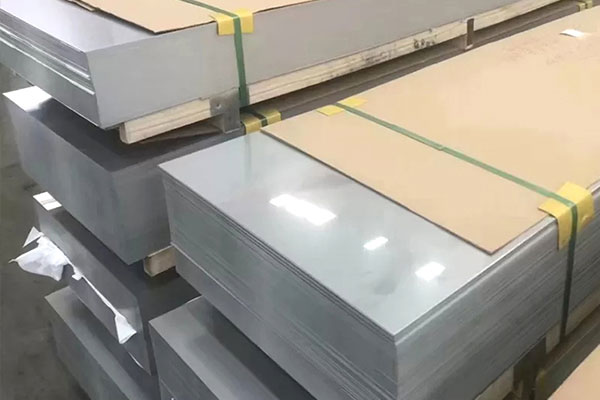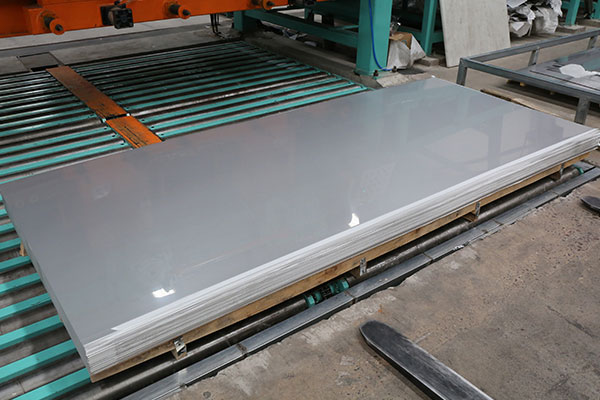┃ Material
Alloy 29-17, UNS K94610, K94630, 1.3981, Kovar®, Nilo® Alloy K, 4J29, Fe53-Ni29-Co17
┃ Overview
Alloy 29-17 is a a vacuum melted nickel-iron-cobalt low expansion alloy containing approximately 29% nickel and 17% cobalt. Its chemical composition is controlled within narrow limits to assure precise uniform thermal expansion properties. Extensive quality controls are employed in the manufacture of this alloy to ensure uniform physical and mechanical properties for ease in deep drawing, coining, stamping and machining.
┃ Characteristics
Alloy 29-17 thermal expansion characteristics match those of borosilicate glasses and alumina type ceramics. It is manufactured to a close chemistry range, yielding repeatable properties which make it eminently suitable for glass-to-metal seals in mass production applications, or where reliability is of paramount importance.
┃ Application
Alloy 29-17 is a nickel-iron-cobalt alloy which exhibit low expansion at room temperature. They have a coefficient of thermal expansion similar to that of glass. Therefore these types of alloys are used in many glass to metal and hermetic sealing applications.
Alloy 29-17 has been used for making hermetic seals with the harder Pyrex glasses and ceramic materials. This alloy has found wide use in application where high reliability is a necessity. In power tubes, x-ray tubes, lighting tubes, microwave tubes, vacuum tubes, transistors, diodes, photography flash bulbs and intergrated circuits such as flat pack, the dual-in-line package and optoelectronic component cases and bases. The alloy is also frequently used in the telecommunications, military and defense, aerospace and electronic industries.
┃ Chemical composition (wt%)
|
Material
|
Ni
|
Fe
|
Co
|
Mn
|
Si
|
C
|
Al
|
Mg
|
|
Alloy 29-17
|
28.5~29.5
|
balance
|
16.8~17.8
|
≤0.50
|
≤0.20
|
≤0.03
|
≤0.10
|
≤0.10
|
|
Material
|
Zr
|
Ti
|
Cr
|
P
|
S
|
Cu
|
Mo
|
|
|
Alloy 29-17
|
≤0.10
|
≤0.10
|
≤0.20
|
≤0.020
|
≤0.020
|
≤0.20
|
≤0.20
|
|
Al+Mg+Zr+Ti: ≤0.20%
┃ Typical Mechanical Properties of Alloy 29-17 (Soft annealed condition)
|
Temperature
|
Tensile strength
|
Yield strength
(0.2% offset)
|
Elongation on
50mm (2 inch)
|
Reduction
of area
|
|
°C
|
°F
|
MPa
|
ksi
|
MPa
|
ksi
|
%
|
%
|
|
20
|
68
|
520
|
75
|
340
|
49
|
42
|
72
|
|
100
|
212
|
430
|
62
|
260
|
38
|
42
|
72
|
Hardness
Annealed: 160 HV (83 HRB) max.
Full hard: 230 HV (97 HRB) min.
┃ Heat treatment
Alloy 29-17 is non-hardenable by heat treatment.
The alloy is normally used in the annealed condition, attained by heating, preferably in hydrogen or cracked ammonia, to 850-1000°C (1560-1830°F).
Decarburization to prepare for glass-to-metal sealing is usually carried out in an atmosphere of wet hydrogen at 900- 1050°C (1650-1920°F) for 1 hour. For seals requiring a metal oxide interface, the alloy can be oxidized by heating in air to temperatures in the 600-1000°C (1110-1830°F) range, depending on the thickness of oxide film required.
┃ Workability
Alloy 29-17 can be hot or cold worked, machined and formed by processes similar to those used for austenitic stainless steels.
┃ Available process
(1) Hot formed, annealed, descaled
(2) Cold worked and bright annealed
(3) Cold worked, aged, polished (MP, EP etc.)
┃ Common tests
Chemical composition
Tension
Hardness
Flaring
Flange
Flattening
Micro structure
Hydrostatic
NDT
Intergranular Corrosion
Surface condition
Shape and dimension
Positive Material Identification
 English
English Русский
Русский







